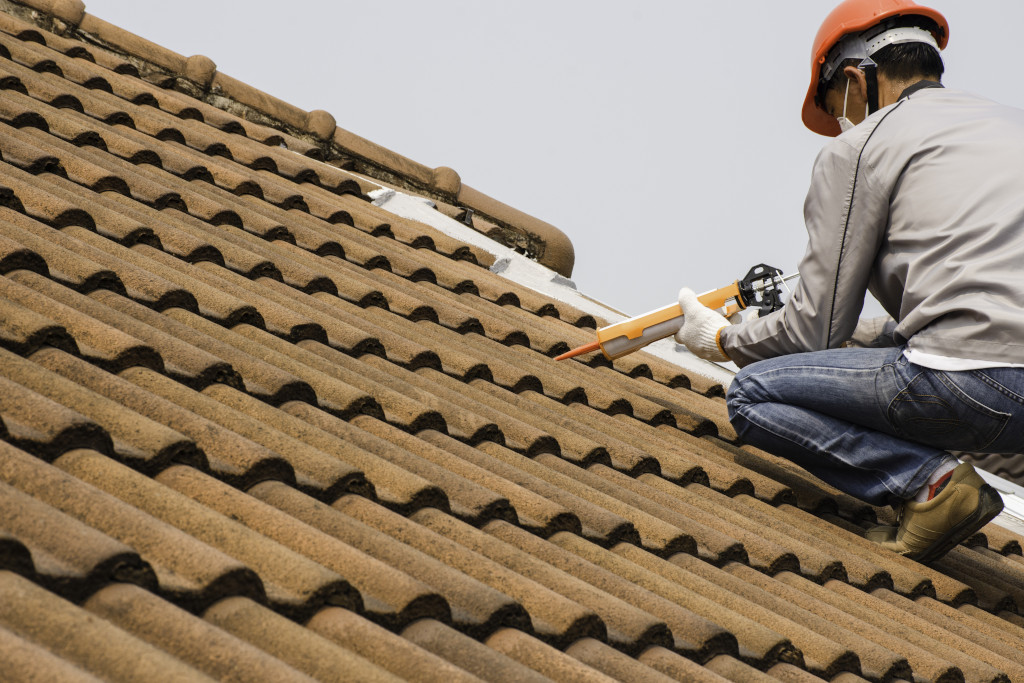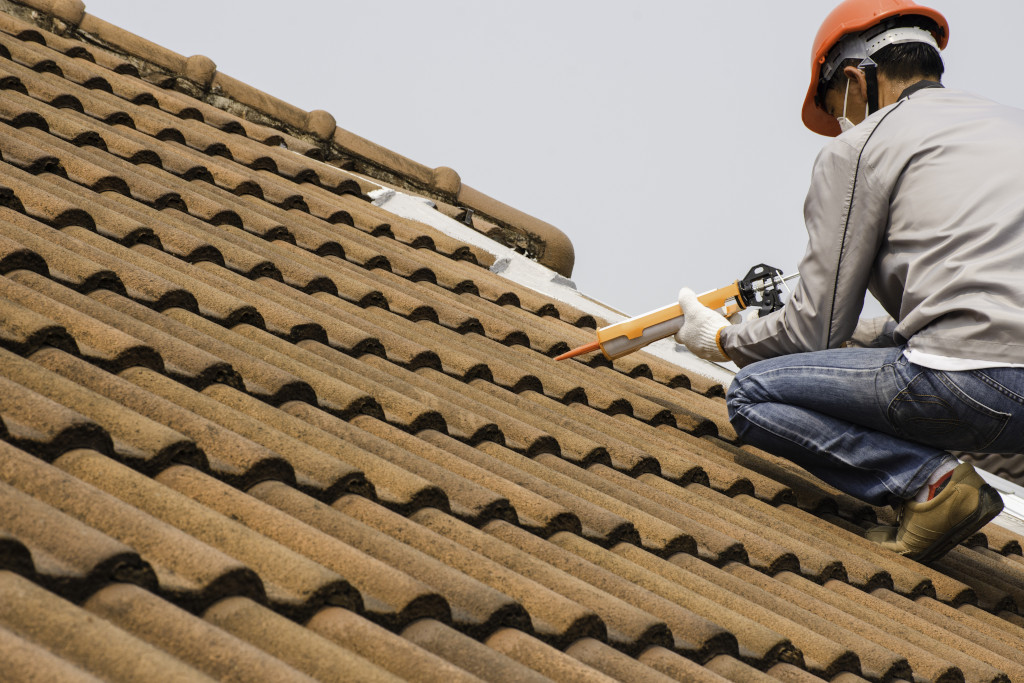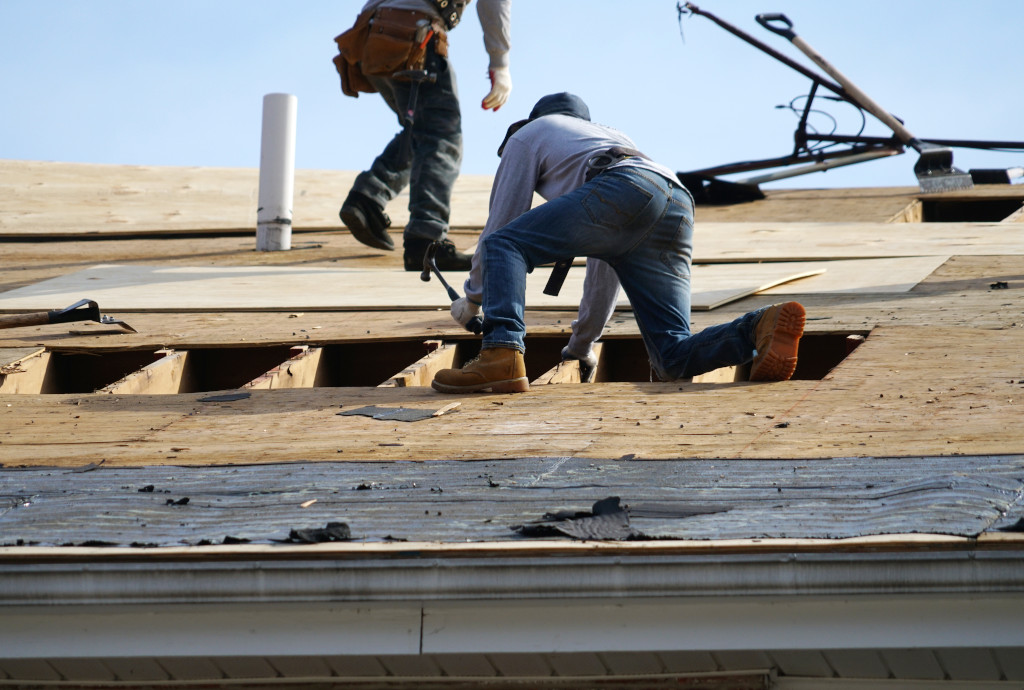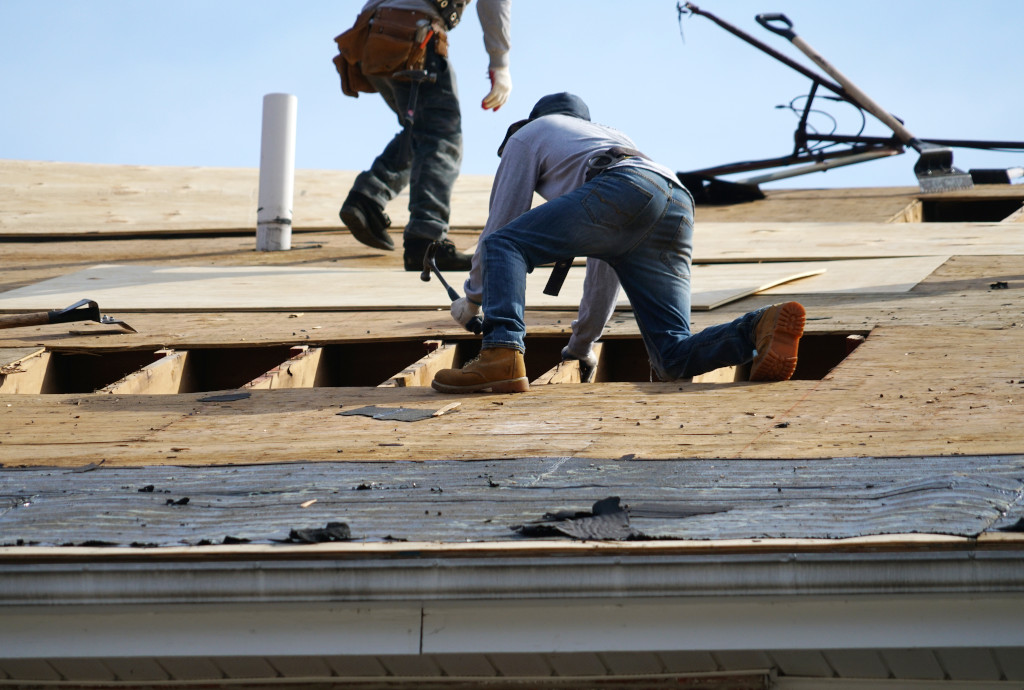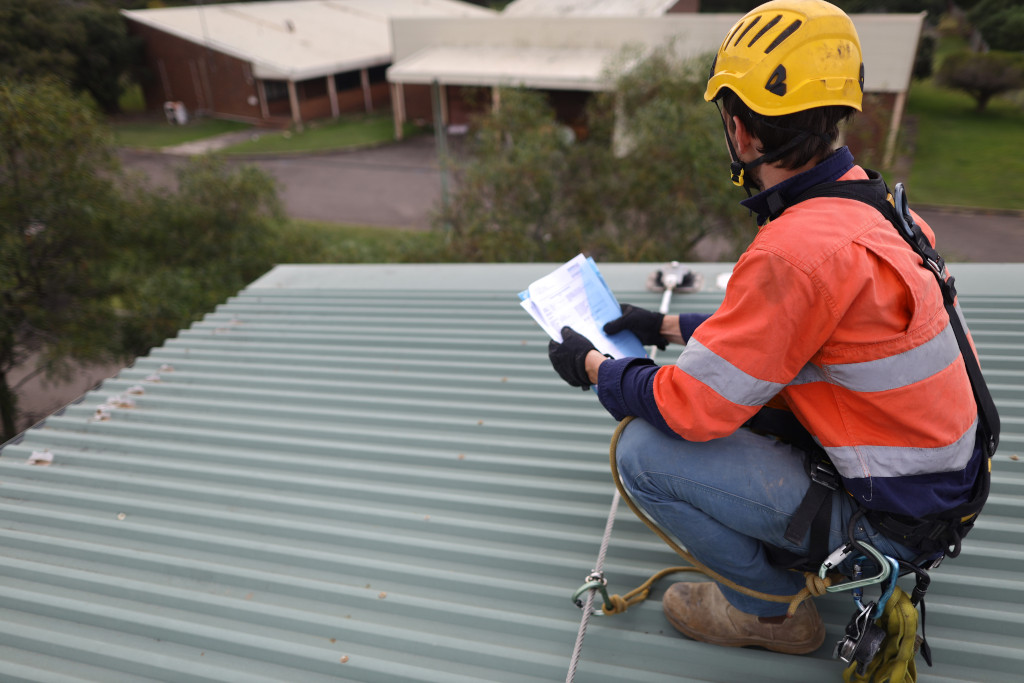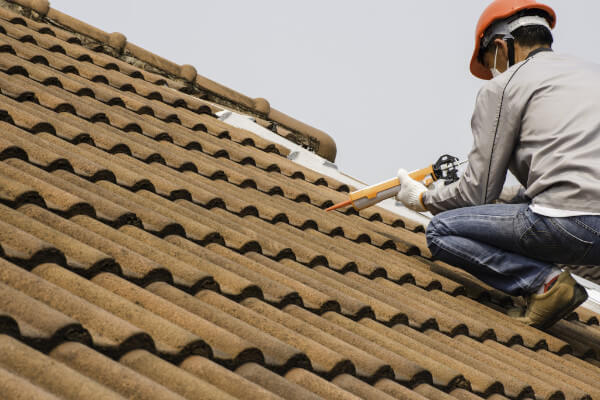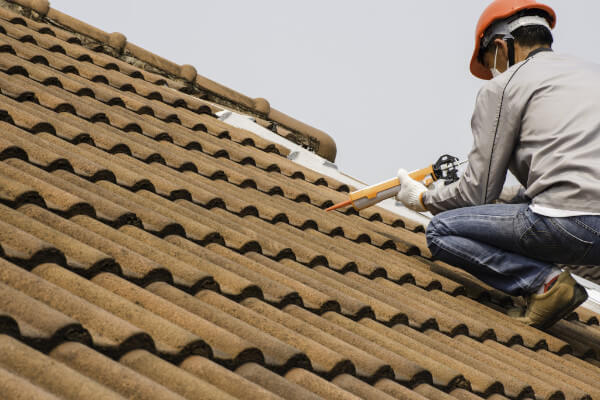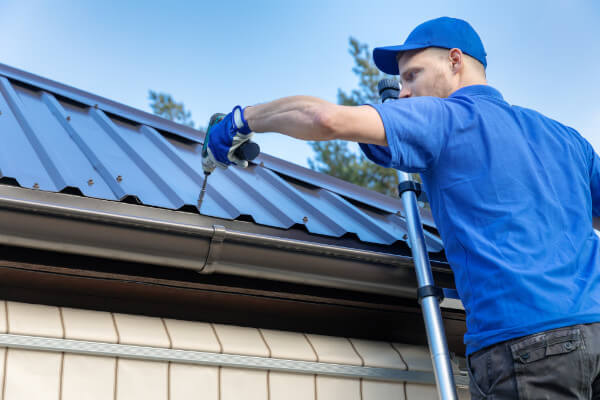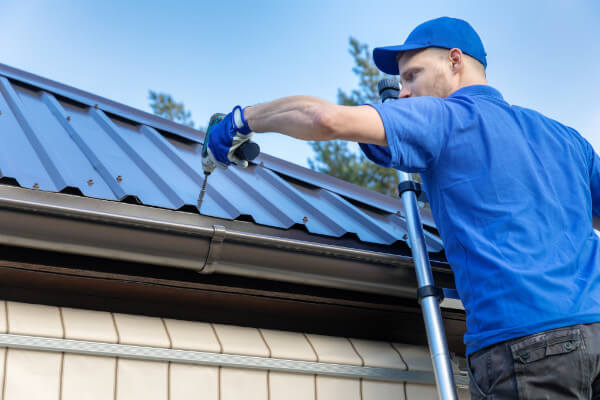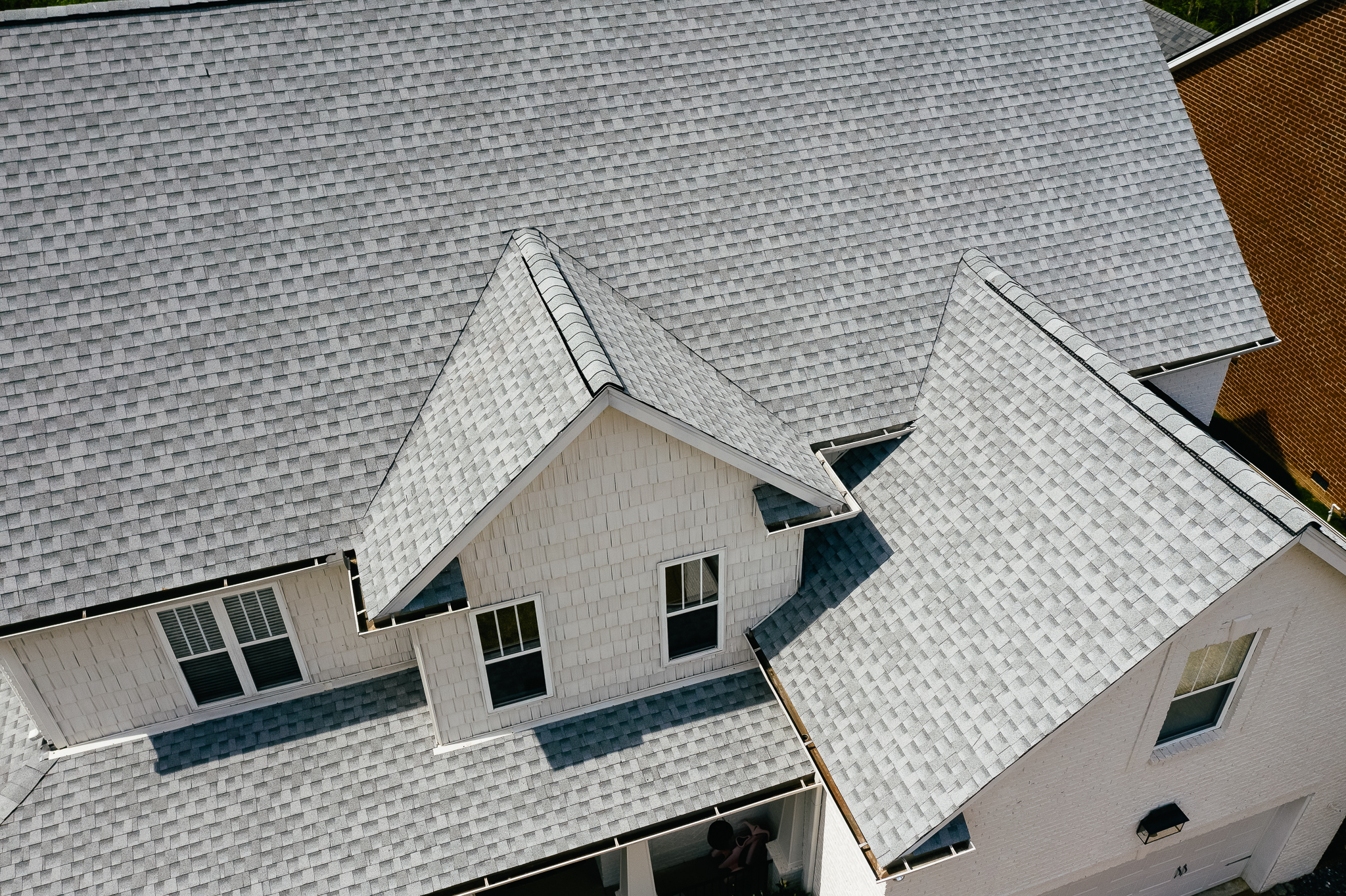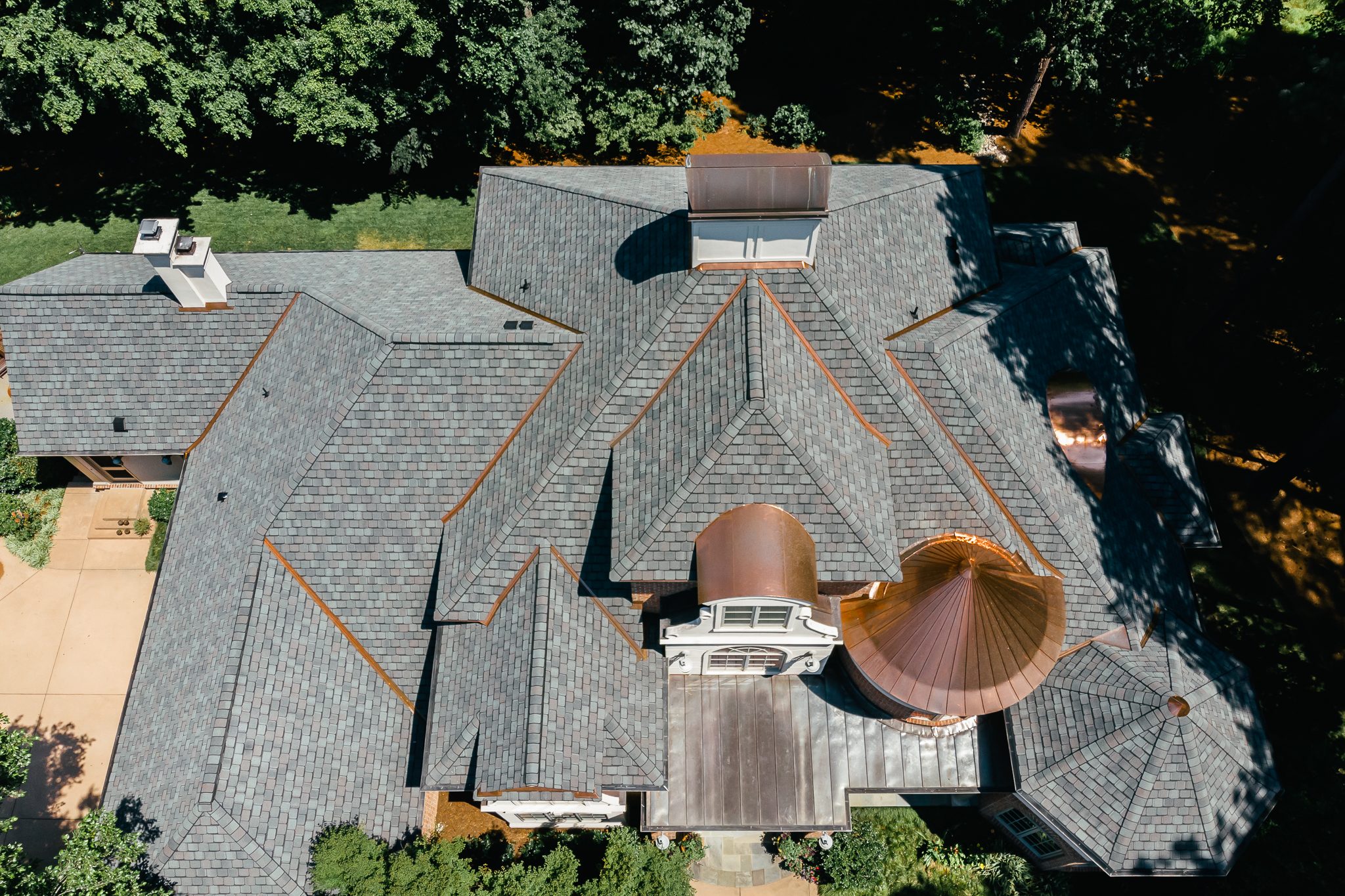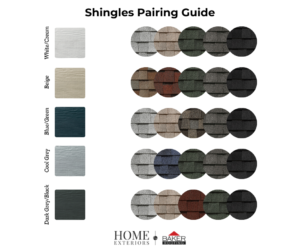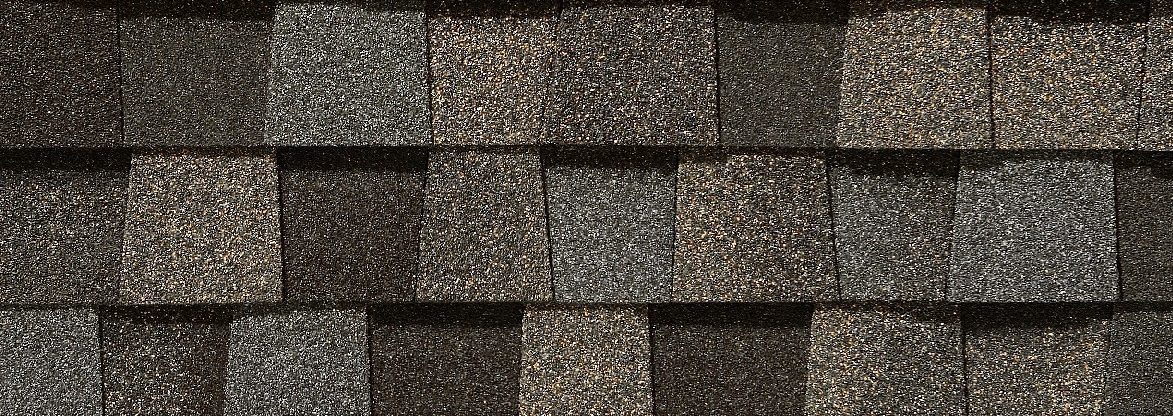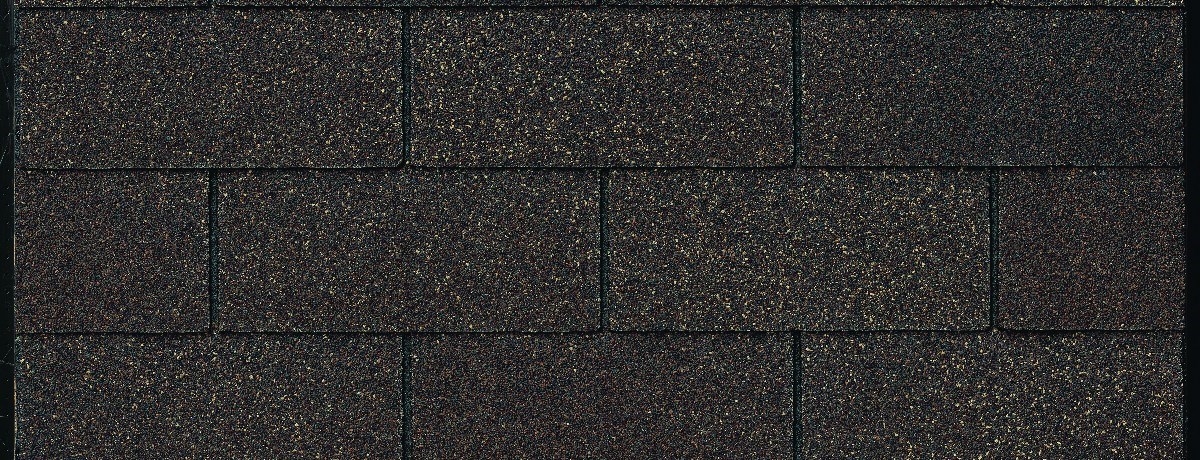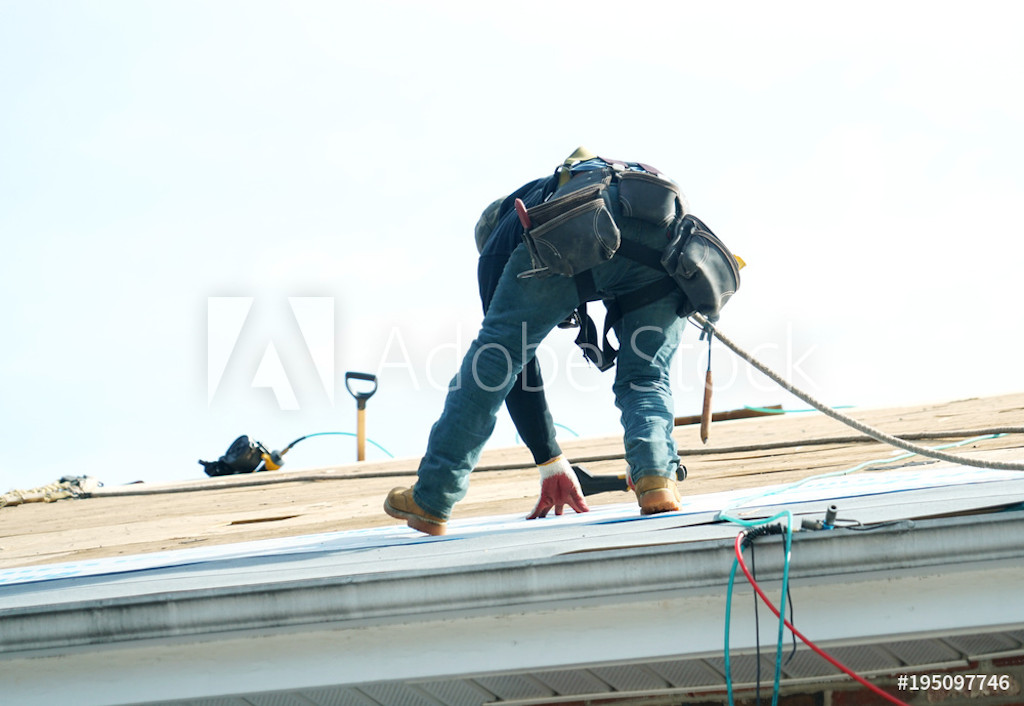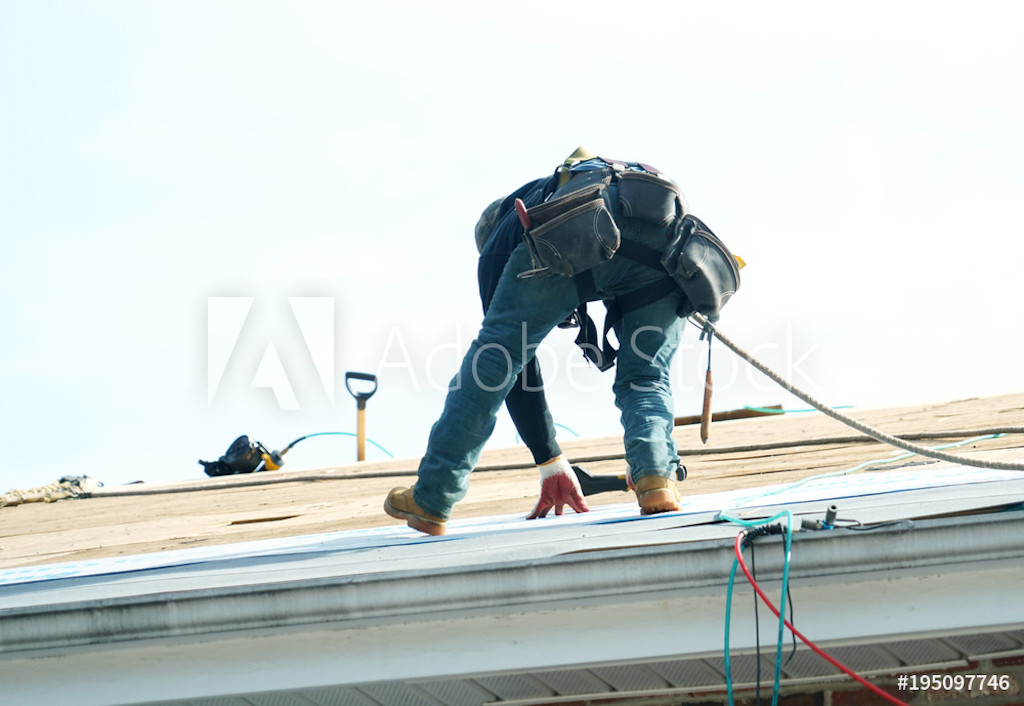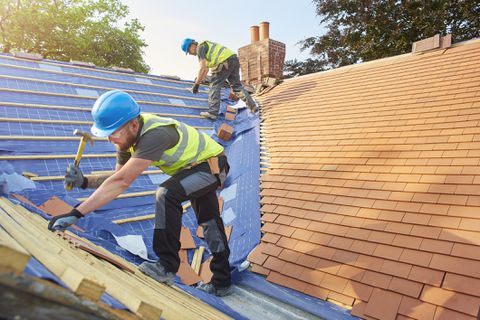Shelter is a basic human need, and throughout human history, people have developed incredibly innovative ways to create robust shelters in all types of environments. Many of the principles used in home construction throughout the ancient world are still in practice today. It’s wise for everyone to understand the history of roofing throughout the world to better grasp many of the modern roofing concepts put into practice in constructing their own homes.
Different roofs throughout different cultures
Humans living during the Paleolithic and prehistoric eras used various materials to build shelters. There is archaeological evidence of dwellings built from wood, reeds, clay, and animal hides throughout the world. Once culture and civilization took hold, communities in different regions began to adapt their techniques to suit their regions’ climates. These construction trends gradually became ingrained in their cultures, and many of these traditions persist today.
In the earliest eras of human civilization, the environment was one of the most dangerous elements of the early human world. All types of inclement weather, from severe storms to frost and snow, could wreak havoc on a primitive human community. It became urgent for early people to develop structures that could withstand the weather.
Developing new building techniques to accommodate new ways of life
As human civilization refined agriculture, hunting, gathering, and community-based lifestyles, the need for more permanent dwelling spaces became apparent. Early civilizations developed building methods that created sturdier and more permanent walls, which allowed them to craft more robust roofing methods that offered more substantial protection.
It is vital to remember that early roofing development was not simply a technological advancement. New building techniques also became a way to preserve culture and history. Roofs and architectural design became a method of reflecting a culture’s values and history. Temples, gathering halls, dwelling places, and various other structures began to hold more than just functional significance. We can see this trend reflected throughout human history in many ways across different cultures.
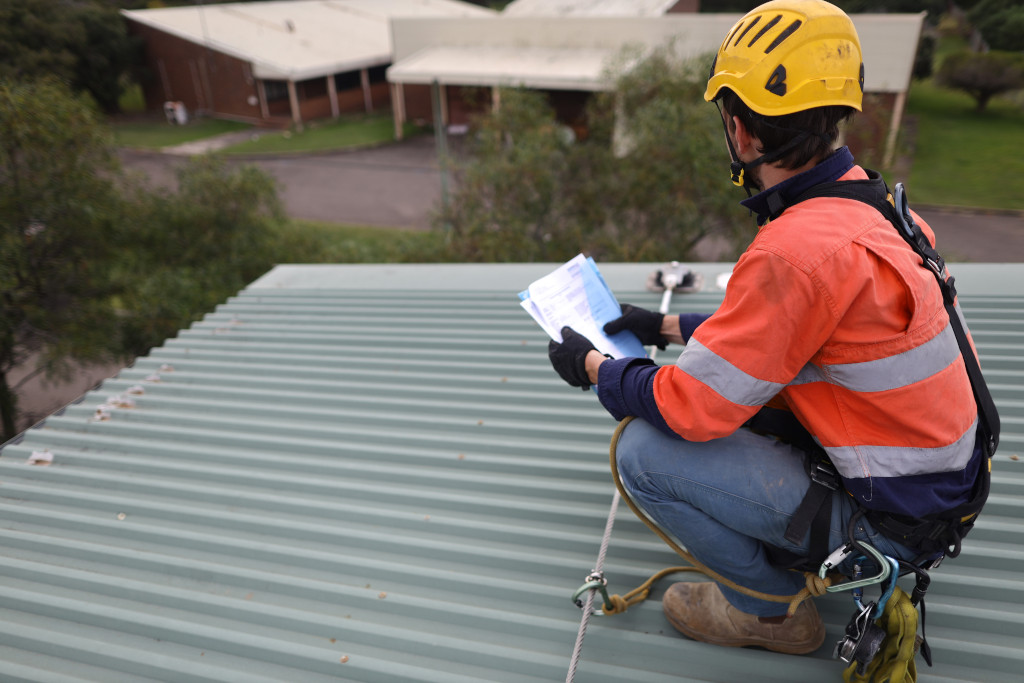
Building changed rapidly in ancient Greece
The ancient Greek civilization profoundly impacted modern history, including the different building techniques used throughout the various phases of its civilization. Some of the earliest Greek homes were made of dried clay bricks that required protection from the rain, so the Greeks built their homes with long, overhanging eaves that diverted water away from the sides of the house. Eventually, they began building homes from stone instead of clay bricks, and this sturdier material enabled them to create more substantial and heavier roofs.
Thatched roofs were common at the time, but fire risks became too severe to continue the practice. Between 700 and 650 BC, Greek builders began using roof tiles far less flammable than traditional thatched roofing. The need for long, overhanging eaves also diminished with this innovation, as stone walls resisted moisture much better than dried clay tiles.
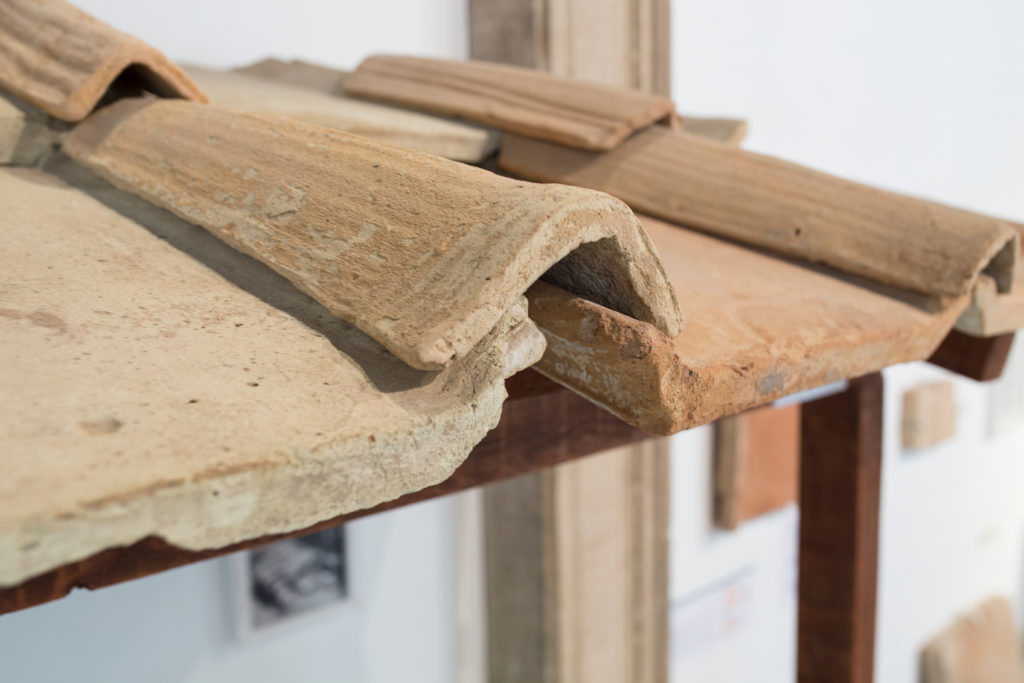
Greek building influenced the Roman Empire
Ancient Rome eventually adopted many building techniques from Greece, including the imbrex and tegula roofing tile system. Tegula tiles are small half-pipe-shaped clay tiles, and imbrex tiles are flat squares. The imbrex tiles formed a crosshatch pattern across the roof, and the tegula curved tiles covered the joints to prevent water from seeping between the imbrex tiles. Over time they refined this roofing technique, and it became a staple of ancient construction throughout the Mediterranean civilizations.
Eventually, the Roman Empire would evolve ancient Greek building techniques even further, especially for temples and public buildings. The Romans had access to better building materials and created more refined structures than the ancient Greeks, but the visual influence is clear and remains readily apparent today.

Roofing evolved tremendously in ancient China
Ancient Chinese dwellings along the Yellow River and connected rivers throughout the region have shown evidence of the same wooden and thatched roofing systems seen in many other regions of the world. During the Zhou Dynasty of 1046 to 256 BC, stone and brick became the primary building materials, and eventually, the Chinese began using clay roofing tiles.
The Chinese form of tile roof construction is somewhat similar to the imbrex and tegula tile system of ancient Greece and Rome in that it also depended on the use of flat and curved tiles, but the Chinese system was different. Flat tiles formed the bulk of the roof’s surface, and curved tiles at the eaves diverted water away from the structure. The Chinese gradually improved this system by increasing the overlap of each layer of tile, reaching about 70% overlap by the time the Qing Dynasty took power.
Ancient Chinese communities contended with earthquakes, which dissuaded early Chinese civilizations from exploring taller structural development in favor of single-story, longer dwellings and public structures. This led to a gable and hip roof construction that evolved steadily through the Song Dynasty’s rise. Ancient Chinese buildings also did not use load-bearing walls and relied on a pillar support system instead. This led to incredibly innovative roofing techniques such as the “duogong” or cap-and-stone bracketing system that used pressure and tension to support roof structures.
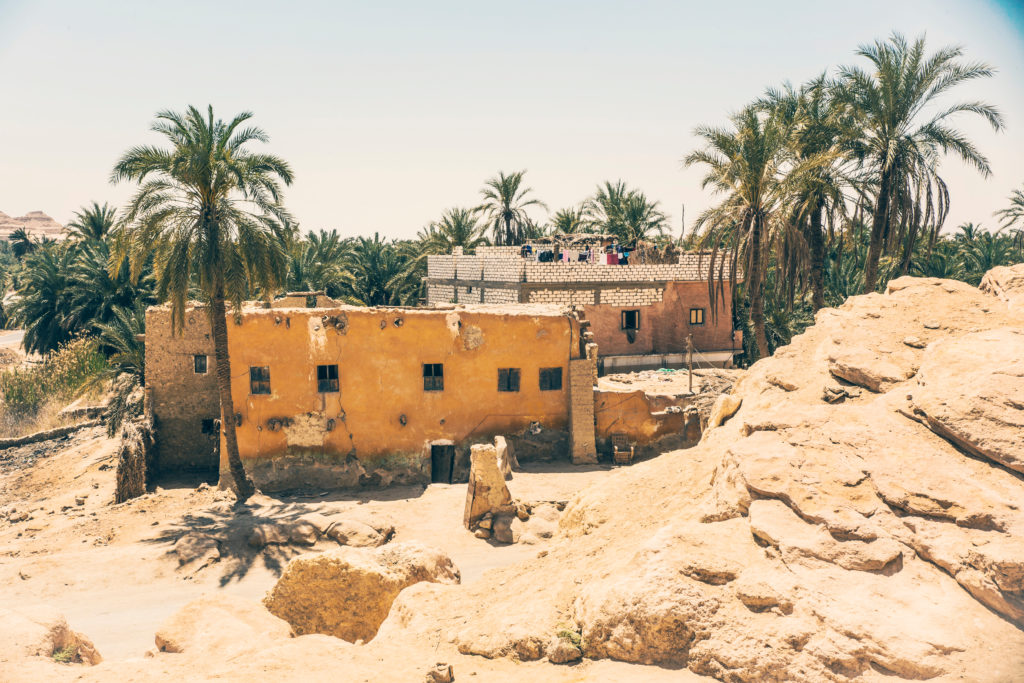
Flat, functional roofing in ancient Egypt
The Egyptian era is incredibly mysterious, and many researchers continue to ponder the meanings behind many of the structures and other remnants of this civilization. When it comes to roofing, the ancient Egyptians had a unique way of accounting for the hot, dry climate and minimal access to wood. They created dwelling spaces with flat roofs primarily used for sleeping. It was difficult for ancient Egyptians to ventilate their homes, so the interior spaces were mostly used for meals and storage, and residents slept on their rooftops under cloth canopies.

Domed roofs evolved in ancient Persia
You can find an incredible array of temples and structures with domed roofs throughout the Middle East. Originally crafted with vaulted roofs made of fired bricks and mortar made from lime or gypsum, these arched roofs eventually evolved into domed roofs that grew more elaborate with Islam’s arrival.
ncient traditions informed modern architecture in amazing ways
Today, it is easy to notice the influence of these ancient building techniques in modern roofing in the United States and worldwide. These roofing techniques developed out of necessity and gradually became symbols of the respective cultures in which they bloomed. Able Roof understands the value of adhering to established functional traditions while also helping homeowners celebrate their living spaces in uniquely aesthetic yet functional ways. Contact us today to learn more about the professional roofing services we provide.
The post The History of Roofing appeared first on Able Roof.
